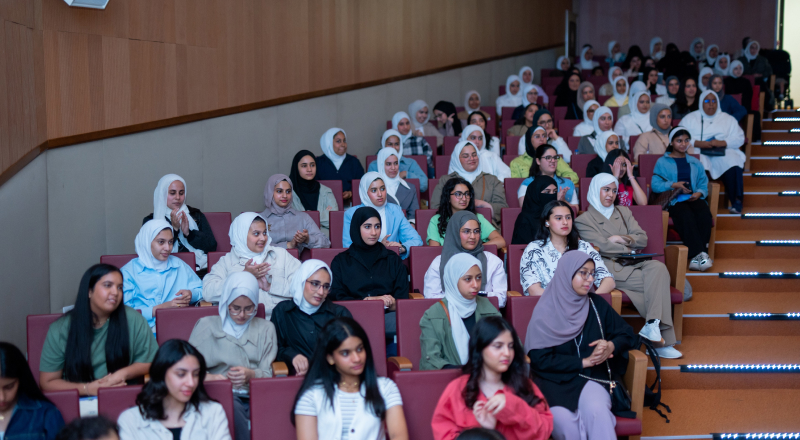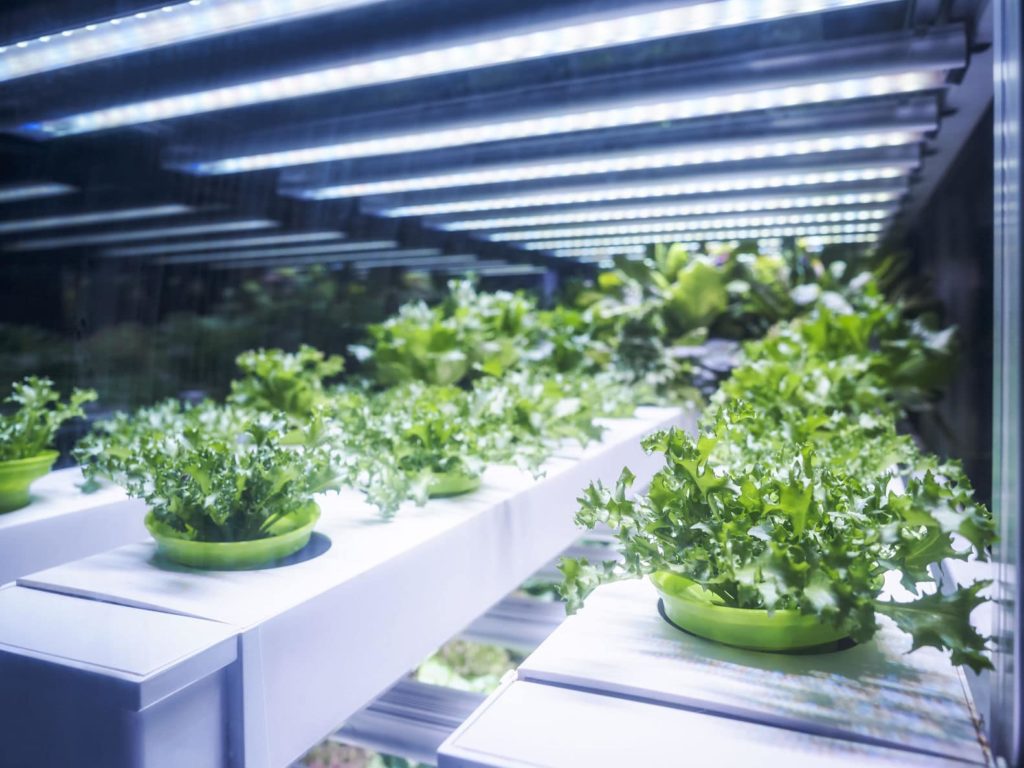How Better Warehouses Increase Trade in Africa

Kuwait-based Agility Logistics Parks customers can log-on to view contracts and make payments.
UK MOD personnel can log-in to the GRMS portal to schedule household relocation shipments.
Kuwait-based Agility Logistics Parks customers can log-on to view contracts and make payments.
UK MOD personnel can log-in to the GRMS portal to schedule household relocation shipments.
Researchers say companies that prioritize sustainability are using it to drive innovation in product reformulation, equipment redesign and purchase, process modification, waste recycling and other areas. Notable breakthroughs on the sustainability horizon:
post-grad students have developed a recyclable, biodegradable concrete substitute that uses abundant desert sand with half the carbon footprint in place of increasingly scarce beach and river bed sand. The substance, called Finite, can be used to make glass, computer chips and other products, in addition to concrete.
is one of many “indoor farming” startups. The company is growing lettuce, arugula, herbs and other crops in a renovated 51,000-square foot warehouse near San Francisco, using LED lights. The warehouse will yield up to 3 million pounds of leafy greens a year for local tables. Others are also looking at giant warehouses, old factories and repurposed shipping containers, equipping them with sensors that measure temperature and moisture, and fitting them with automated systems that pump in water and nutrients, and use LED strips to provide energy with no need for sunlight or soil. Plenty United employs a sponge-like plastic as a soil substitute and pumps in mineral-infused water.
Indoor farmers claim they can produce 150 times more lettuce per square foot as an outdoor farm, with just 1% of the water consumption. Their operations reuse water, avoid pesticides, and reduce fossil fuels needed to power tractors and deliver over long distances. They tend to be heavy on power consumption because of the LED lights and climate-control systems.
